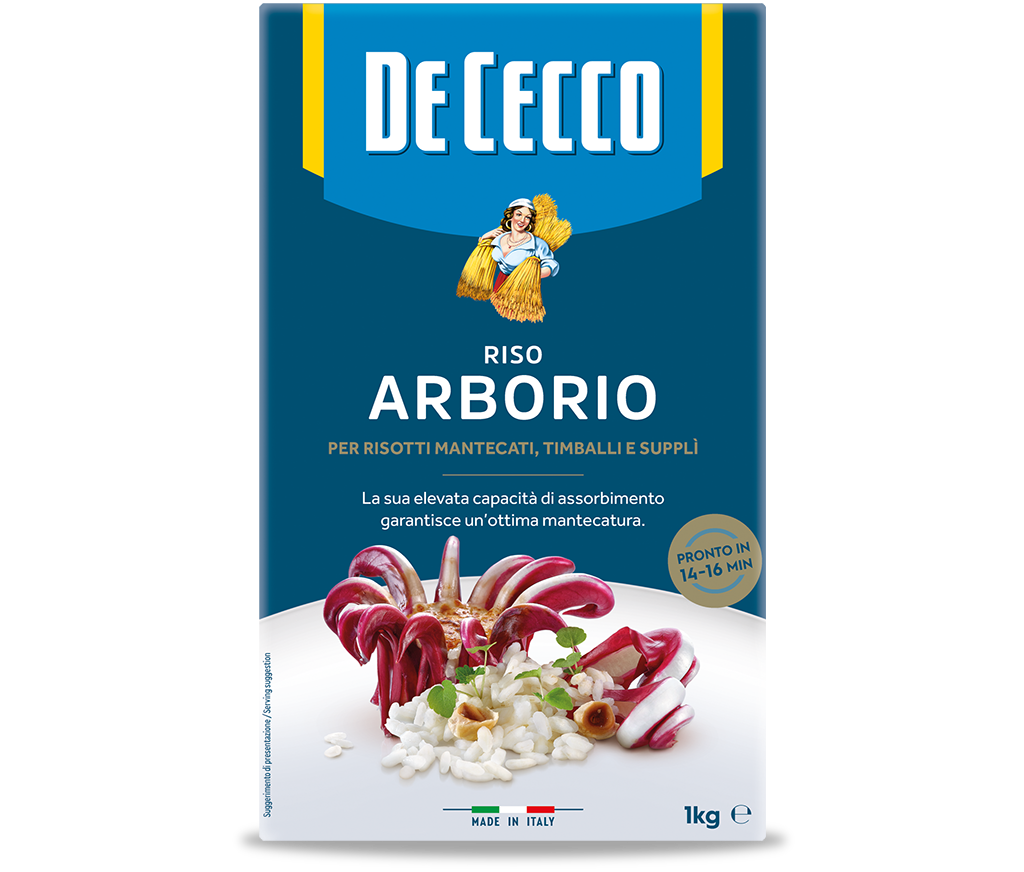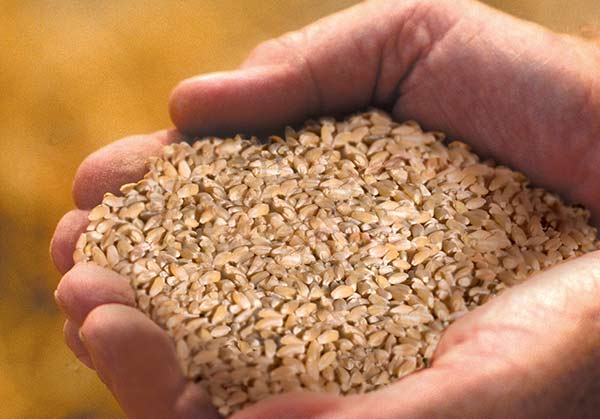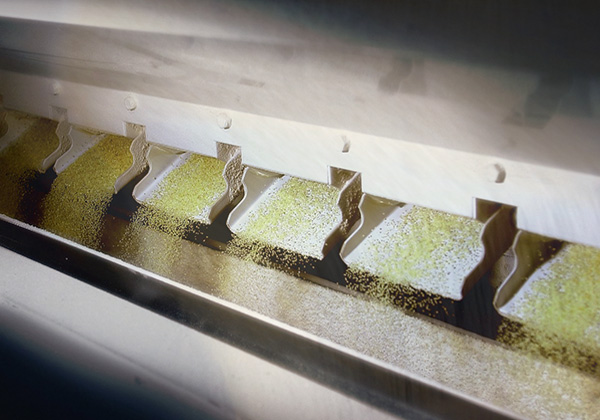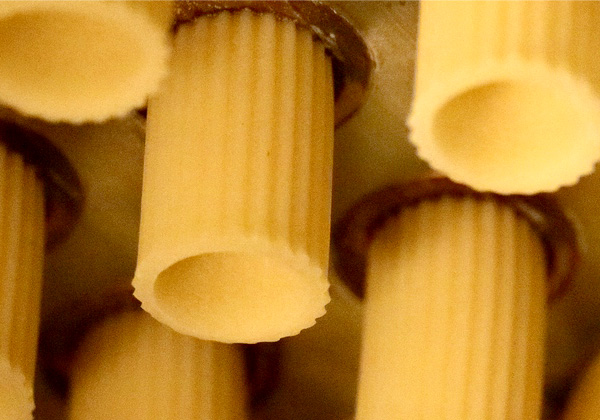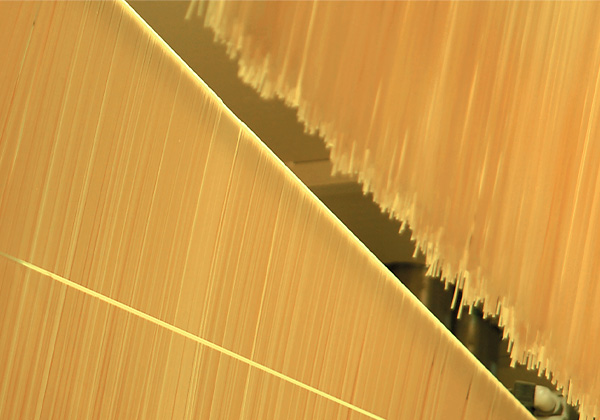Riso Carnaroli
This is unanimously considered to be the best Italian rice.
It is ideal for the preparation of gourmet recipes and regional specialties. Its large grain and its ability to blend with and enhance the most varied flavours and foods guarantee success when making risottos, timbales and salads. Its acclaimed firmness throughout cooking makes it extremely versatile to use and an excellent choice for special occasions. The farming of Carnaroli rice started in 1945, with the crossing of the Vialone and Leoncino varieties. The province of Pavia has specialised in the cultivation of this species and, still today, more than 60% of Carnaroli is produced there.
- Cooking time: 16-14 min
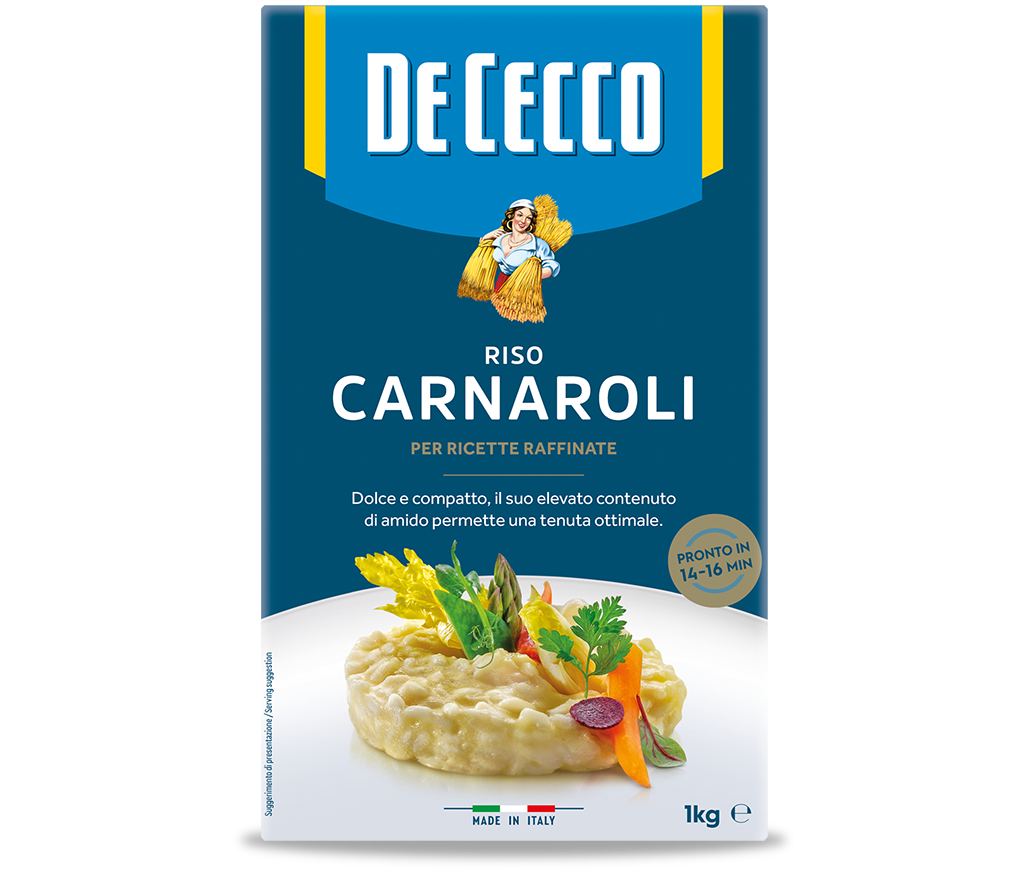
play
Our method
Attention, care, experience, quality at every stage: from our mill to your table.
You may also be interested in
Riso Arborio
This is one of the most popular rice varieties in Italy, thanks to its shape and texture. The plump grain rice maintains its consistency throughout cooking. During cooking, the heat penetrates the most peripheral area of the grain, leaving the central core (rich in starch) ‘al dente’.
This is what makes it suitable for all types of risottos, which can be deliciously creamy, as well as for timbales and ‘supplì’ (Rome’s mozzarella-filled rice croquettes). Arborio rice is named after the town of the same name in Vercelli where it was first selected in 1946, derived from the Vialone cultivar.
Even today, these areas of the Po Valley are the largest producers of Arborio rice.
Find out more
